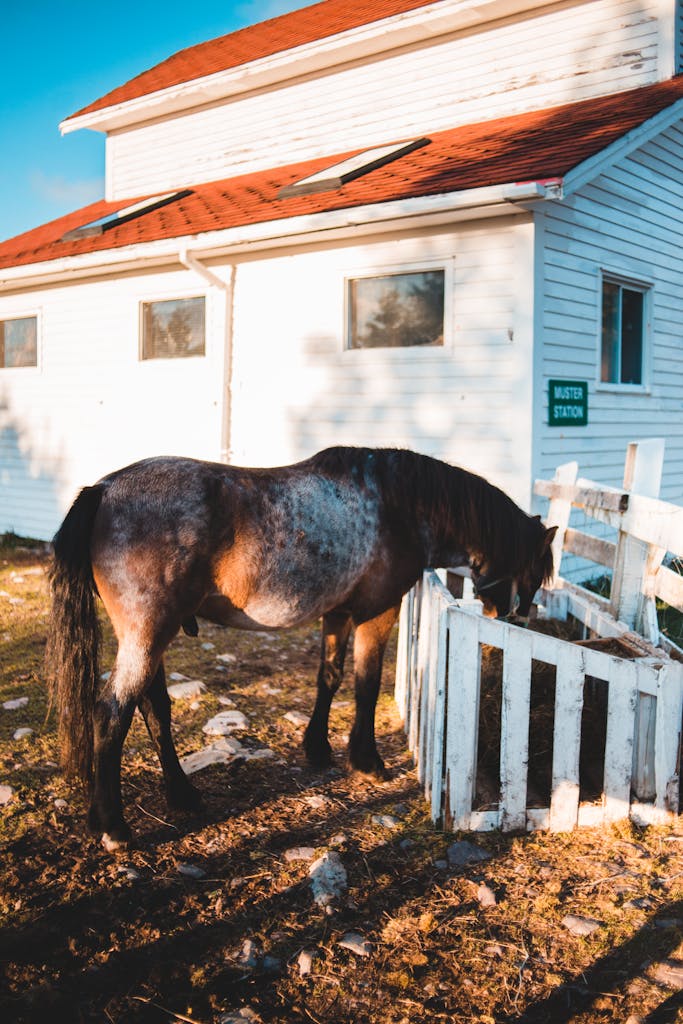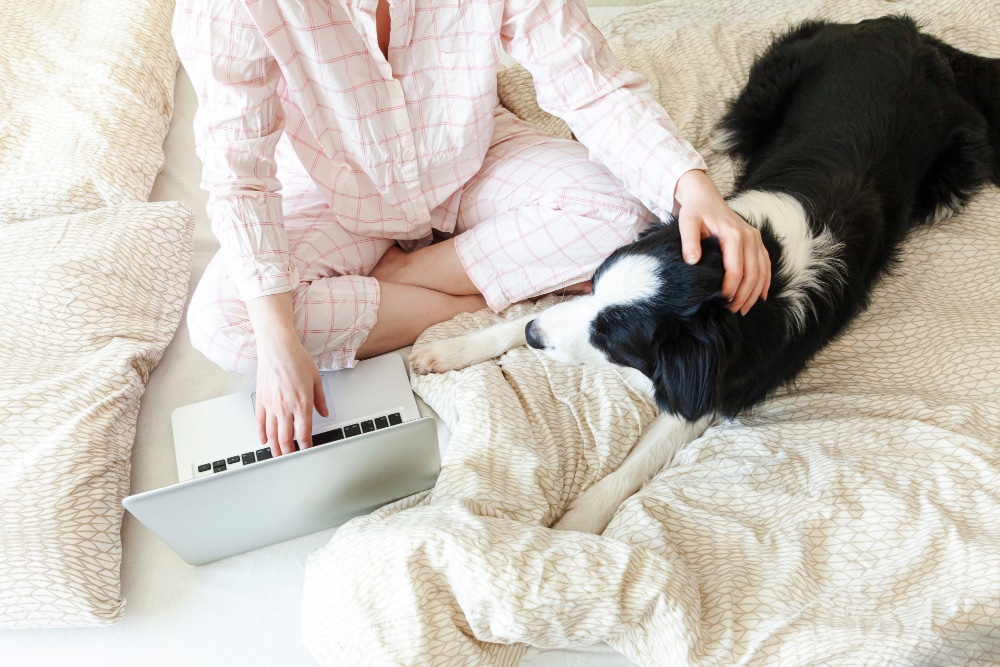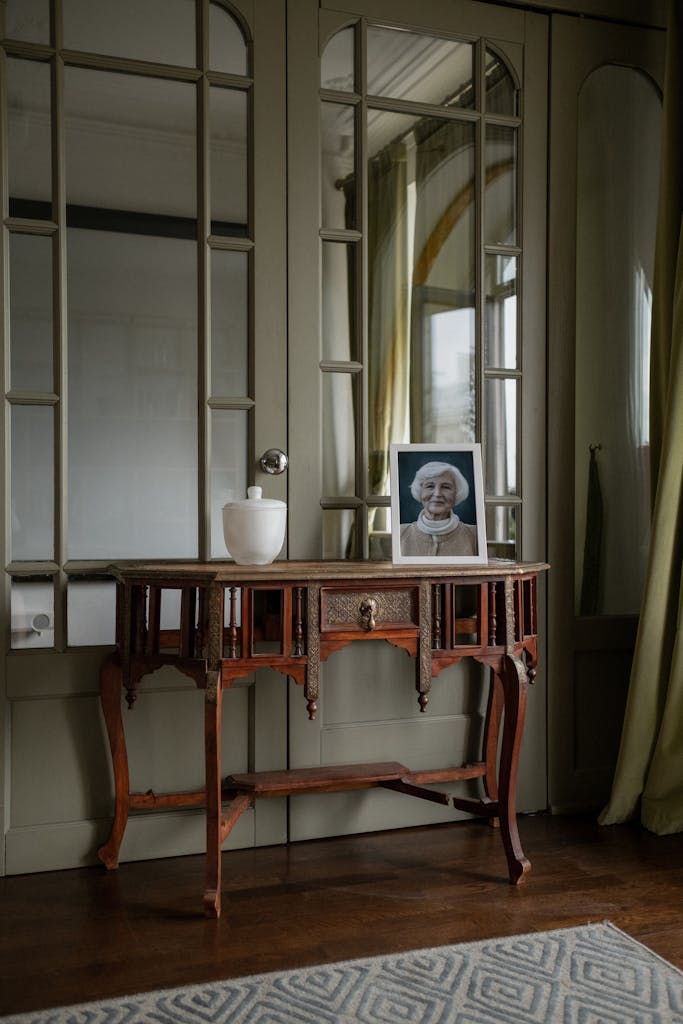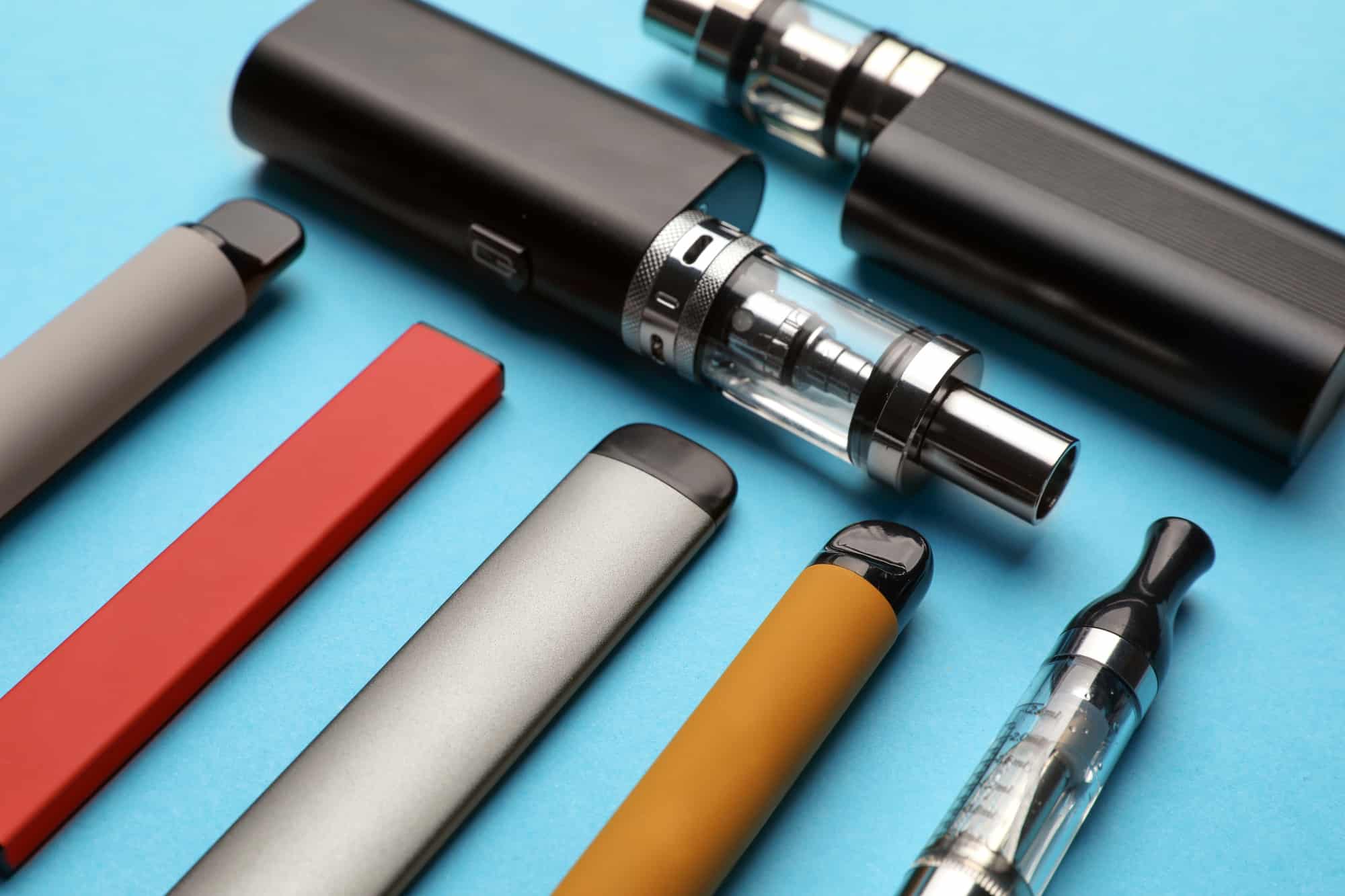Having a dog is one of life’s greatest joys until you eventually ask yourself why my dog is chewing my wood furniture.
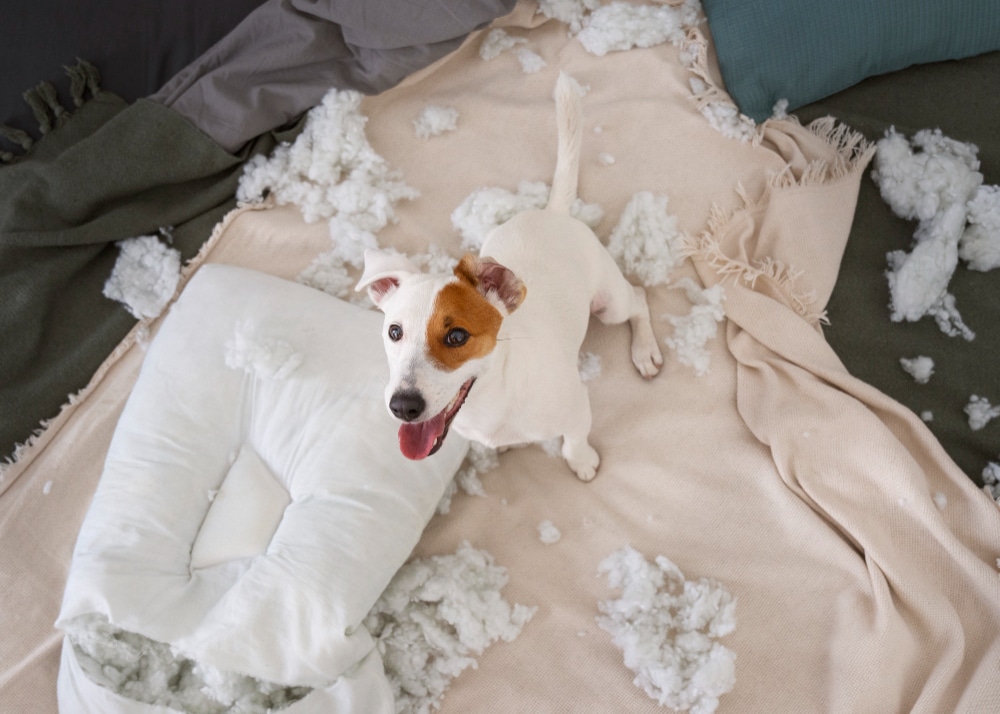
Well, dogs are chewers by nature. They love to nibble on stuff during their teething phases, a habit that some dogs carry well into their adulthood. But there may also be other factors causing your pup to keep nibbling on your furniture.
Regardless of what’s causing it, this canine habit can get frustrating. Not only is it ruining your house fittings, it could also be harming your dog’s teeth.
So, why do dogs chew on wood and how do you put a stop to it? Let’s take a look at five major reasons why dogs chew on wood furniture.
They’re Teething
If your dog is a puppy, chances are it’s going through its teething phase. Much like humans, the experience of growing teeth for the first time can be uncomfortable for your pup. So, this could be one of the main explanations for why my dog is chewing my wood furniture.
If this is what’s causing the excessive chewing, consider getting your pup some chew toys they can chomp on to prevent your valuable furniture from being ruined.
They’re Bored
Dogs are active animals that need a fair amount of physical activity to keep their bodies and brains healthy. So, if you find yourself asking, why is my dog chewing wood furniture, the answer could be very simple — they’re bored.
Chewing mentally stimulates a dog, so if they find themselves at home for hours on end with nothing to do, they may resort to chewing on your furniture.
It’s important to make sure your dog gets plenty of exercise and play time every day. Even if you can’t set aside play time, take your pup for walks or to run errands to expend their excess energy.
They’re Not Getting Enough Nutrition
In rare cases, the chewing can be a result of a medical condition where your dog isn’t getting enough nutrients from its diet. Pica is a condition that causes dogs to crave non-food objects, such as wooden furniture. If this is the case, switching your dog’s diet may be a good solution. Consult your vet before introducing any new foods and make sure you do proper research on what your dog can and cannot eat, such as dragon fruit or oranges?
Some dogs with gastrointestinal issues are also known for excessive chewing. It’s said that this act of chewing wood helps relieve the dogs of some distress, however, a full medical diagnosis would be required to understand if this is really the case.
They Weren’t Trained Well Enough
Another explanation for why my dog is chewing my wood furniture is simply that they weren’t trained that this is bad behavior. During their teething phase, dogs must be taught that chewing on wood is not acceptable.
However, training a dog is easier said than done, so remember to be patient and provide them with alternatives so the habit of chewing doesn’t develop into adulthood.
Don’t punish your dog. Research shows punishment rarely ever works. Instead, try to replace bad habits with good ones.
They Have Separation Anxiety
Dogs are dependent animals that love attention. They don’t like being left alone for long periods of time. Some dogs who grow very attached to their humans and are left alone may develop separation anxiety. This leads them to develop unhealthy habits like chewing to cope with the stress.
Separation anxiety can also manifest in other ways, like whining or pacing, but is a very common reason for why my dog is chewing my wood furniture.
How to Stop Dogs from Chewing Things?
Now that we’ve considered the main causes that cause dogs to chew on furniture, let’s take a look at some simple ways to stop this behavior:
- There’s a strong connection between boredom and chewing habits. Make sure your dog gets enough physical activity, and the chewing could stop.
- Teach them to chew other things. Replace the furniture with chew toys, especially during the dog’s teething phase.
- If you’re looking for natural, stop dog chewing furniture home remedies, consider using vinegar. Dogs don’t like the taste of vinegar at all, so just a few drops on some valuable pieces of furniture could discourage them from chewing.
- Avoid leaving your dog alone for long periods of time.
- Until your dog is fully trained, dog-proof your home. Put away all furniture that you don’t want your dog to get a hold of until they learn that chewing wood is bad.
Final Thoughts
Dogs are loyal, adorable, and very happy pets to have around the house. But if you’re noticing that your dog is causing too much damage and chewing up furniture, you need to examine where this behavior stems from. If your pup isn’t teething and is well-trained, consult your vet to rule out any underlying medical issues.
More importantly, be patient with your pup and focus on building good habits so you can keep your wooden furniture safe from prying jaws!



